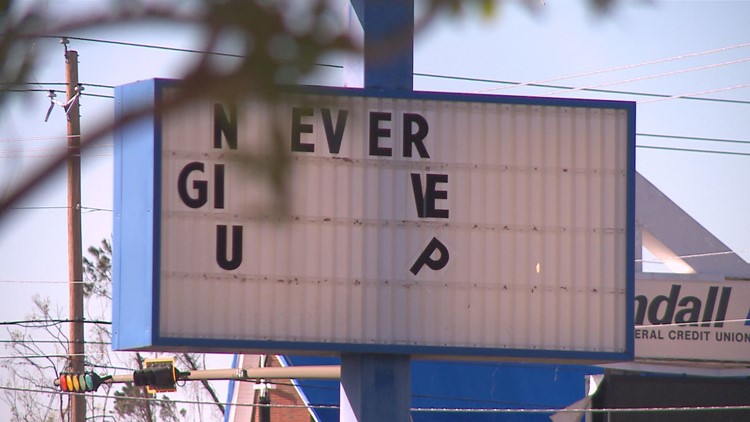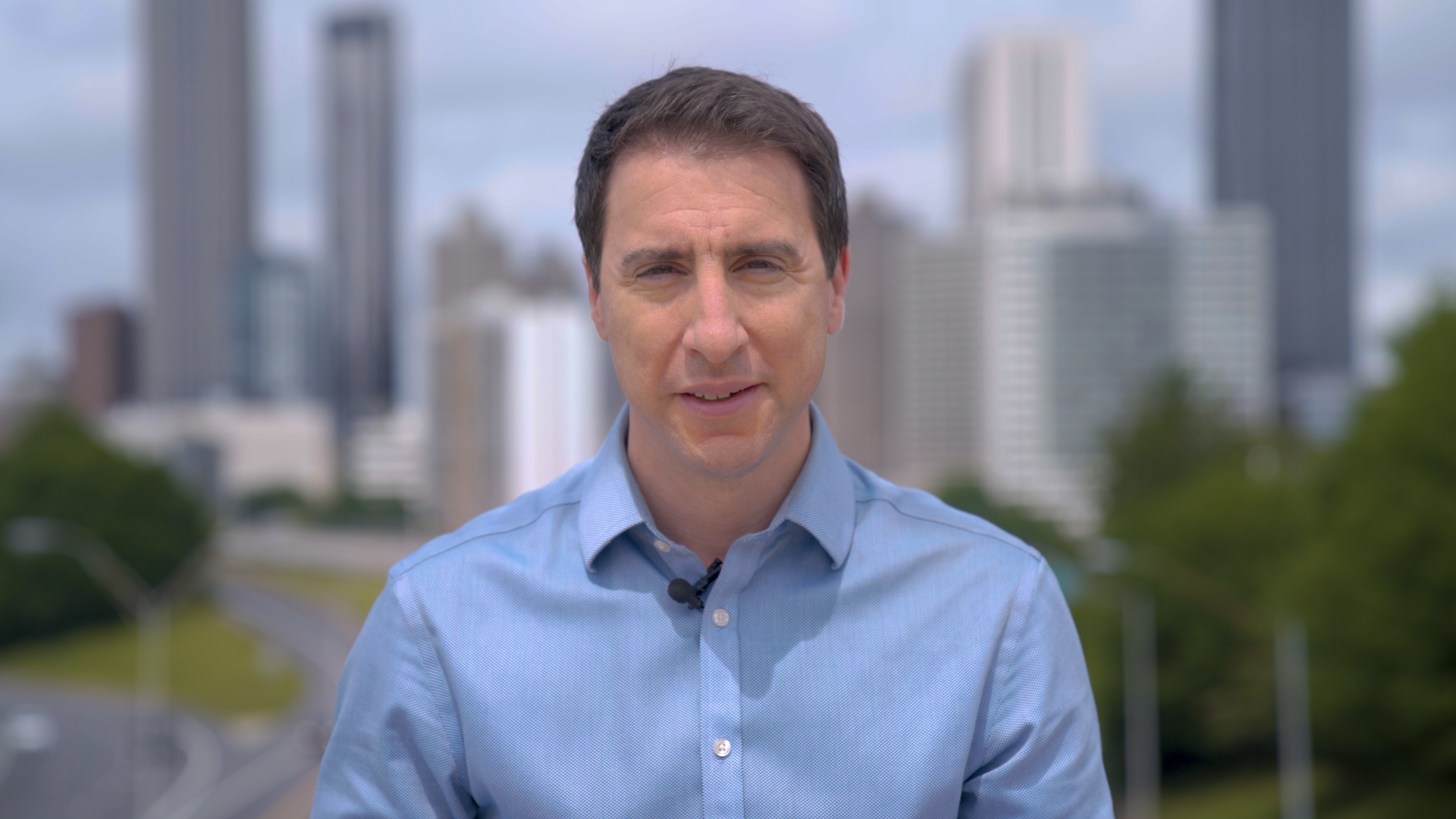This story originally appeared at Matt's blog, Telling the Story.
Somewhere along the back-road highways on the Florida panhandle, sometime during my third day of enduring images of destruction, I realized I needed to talk to someone.
I had been sent down three weeks after Hurricane Michael to produce a series of stories on its aftermath for 11Alive. The cameras always evaporate when the attention dissipates, we thought, so we wanted to divert it back. We wanted to show the very real – and very early – stages of recovery. We wanted to remind our viewers how those in the storm’s eye now face a seemingly permanent new reality.
The first few days went as expected. I interviewed pecan farmers and walked through orchards of leveled trees. I spent a day in Georgia’s hardest-hit city, Donalsonville, where the majority of houses featured blue tarp over their roofs. I surveyed the scene in Panama City and Springfield, neighborhoods in Florida where storefronts and home fronts had been peeled off.
And I drove. A lot. 1200 miles in five days. For large swaths of those rides, I scanned a consistent diet of devastation. I saw piles of felled limbs atop sidewalks, gas stations and mom-and-pop restaurants hollowed out, and mile after mile of trees bent backwards like upside-down check marks.
On the morning of Day 3, I witnessed the worst. I never made it to Mexico Beach, the coastal community in Michael’s direct eye that had been all but flattened in a few hours. But I drove within minutes of it and saw the struggle of communities just beginning to reckon with the aftermath of a hundred-year storm. As I headed back to south Georgia, itself speckled with hard-hit towns, I began to realize how a few short days – spent largely by myself – had gradually worn me down. I struggled to envision how these areas would fully recover. I shook my head at the magnitude and spread of the damage. A few times, I held back tears.
That’s when I picked up the phone and called my parents.
I had been checking in with family throughout the trip. I had called my wife a few times a day, FaceTimed with my eight-month-old daughter, and chatted every evening with my mom and dad. But that was no longer enough. The reminders of home and love couldn’t offset what inundated my eyes. I needed to talk more. I needed to let out what I felt. I needed to open up to people who I knew would listen.
I needed to take care of myself.
Reporters and photographers often confront tragedy in its rawest form. We often volunteer to do so. We wish to convey the stories of those around us, and we understand the privilege of witnessing people and communities in their lowest moments. We catapult into disaster areas as proxies for our audiences. We try to make sense of what we see.
We sometimes do it alone. I’m a solo video journalist, which means I shoot and edit my own reports. But I’m hardly an anomaly. The news business – specifically on the local level – is filled with one-person crews, from print reporters to digital video producers. The advent of cell phones – and particularly cell phone cameras – has enabled us to be malleable and mobile. This is often for the better. On this assignment, I made numerous decisions on the fly – rescheduling interviews, booking hotel rooms – without the minor bureaucracy of negotiating with a colleague. I shot four long-form stories in four days, all of which premiered this week on my station in Atlanta. I covered a lot of ground, physically on the road and thematically in my work.
But I endured a heavy emotional burden. I could have used a partner to help shoulder it. When I consciously recognized this on the road, I then recognized how to adjust, and that made a huge difference.
We don’t talk enough in our field about how to cope with what we see. Some of us probably don’t want to appear weak, for fear of receiving a lesser assignment the next time. Some of us feel the strain more than others but worry about truly being vulnerable with our coworkers. Many of us, I imagine, simply try to steel ourselves emotionally so we can focus on our work.
I see another option. I think we need to confront the emotional toll and work to counteract it, particularly when working alone. In my case, that meant making the deliberate choice to seek out those who would listen. A few midday phone calls didn’t change the overall feel of the trip, but they helped pull me out of despair after its most upsetting moments. They allowed me to breathe, take a beat, and refocus my energy where it was needed most: telling the stories of the residents and communities facing far greater burdens. The people of northwest Florida and southwest Georgia will face months and years of recovery and grapple with losses of all kinds. I simply needed to sustain myself for a few days.
But that’s still something. And those of us who value our jobs in journalism – and want to make a career of it – need to acknowledge our emotions so we can thrive within them.



